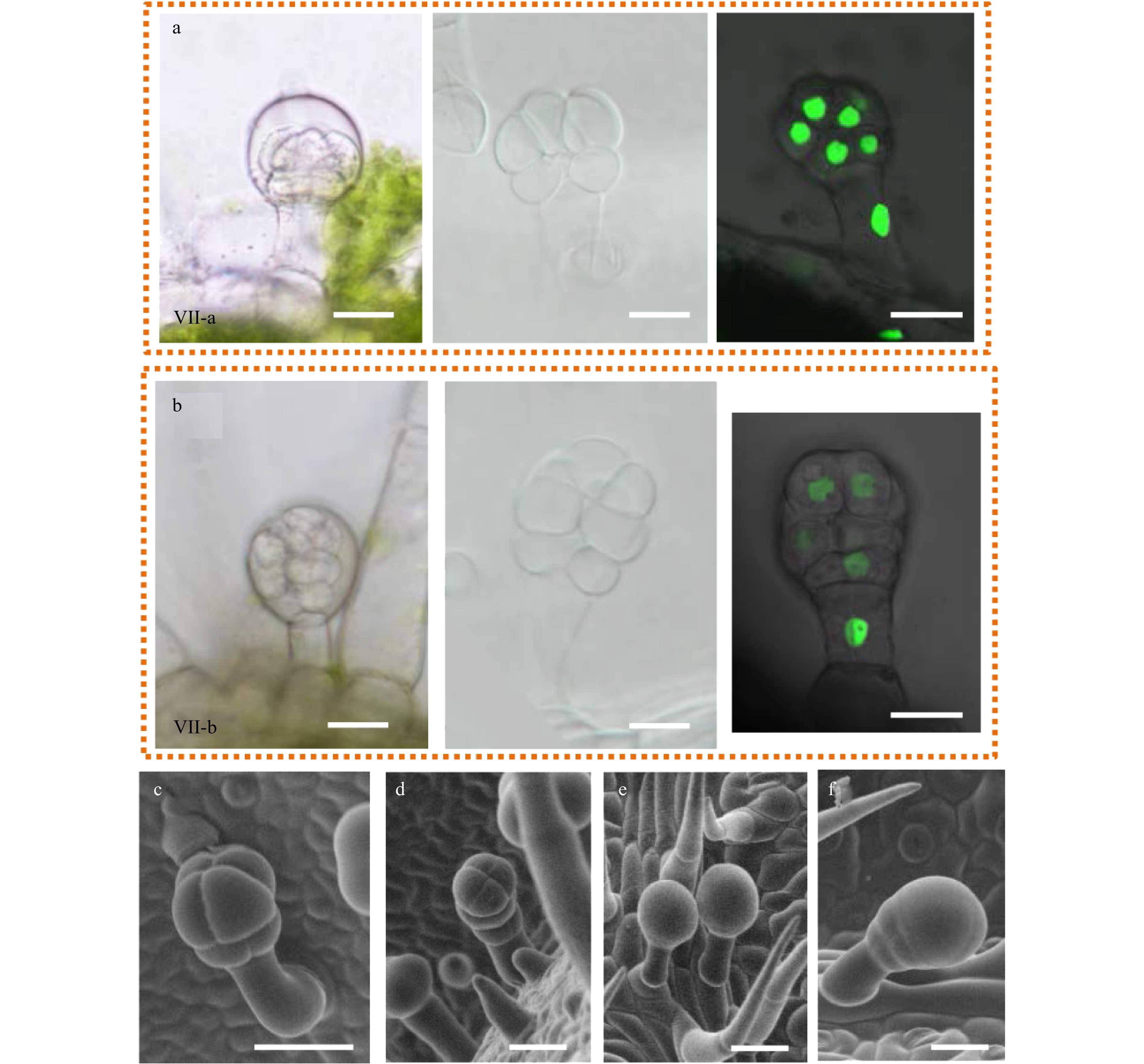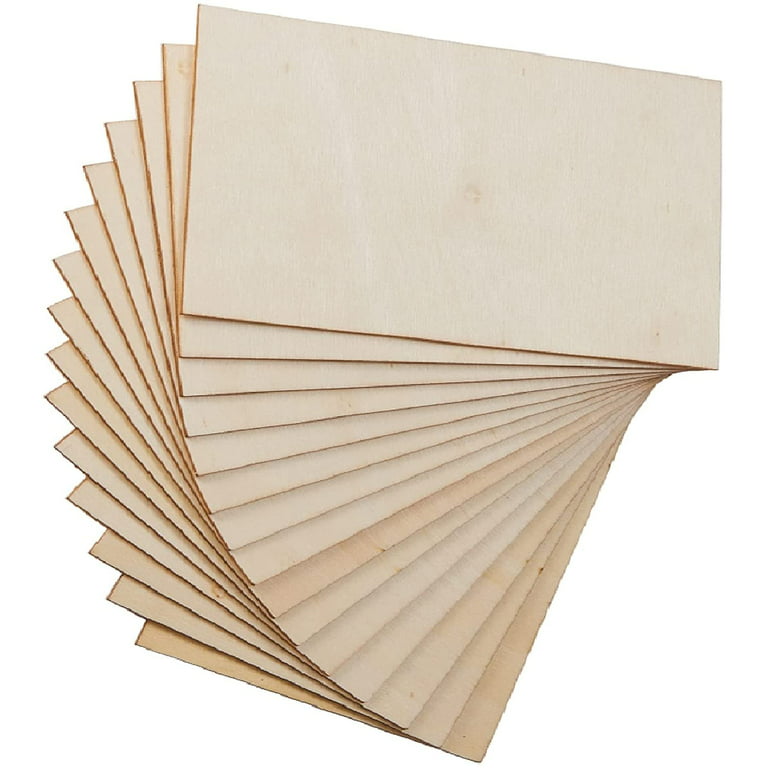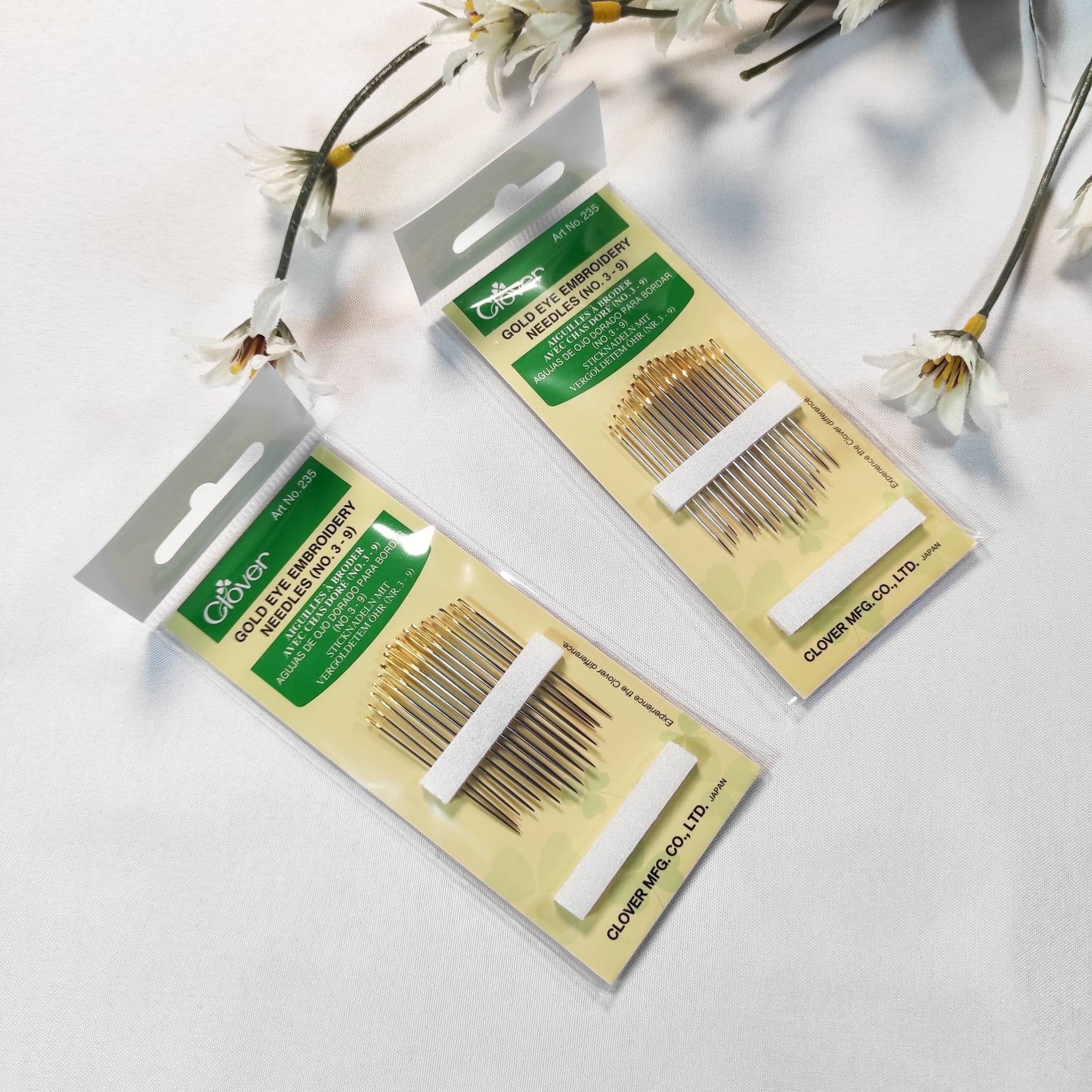Glandular trichome development, morphology, and maturation are influenced by plant age and genotype in high THC-containing cannabis (Cannabis sativa L.) inflorescences, Journal of Cannabis Research
By A Mystery Man Writer
Last updated 15 Jul 2024
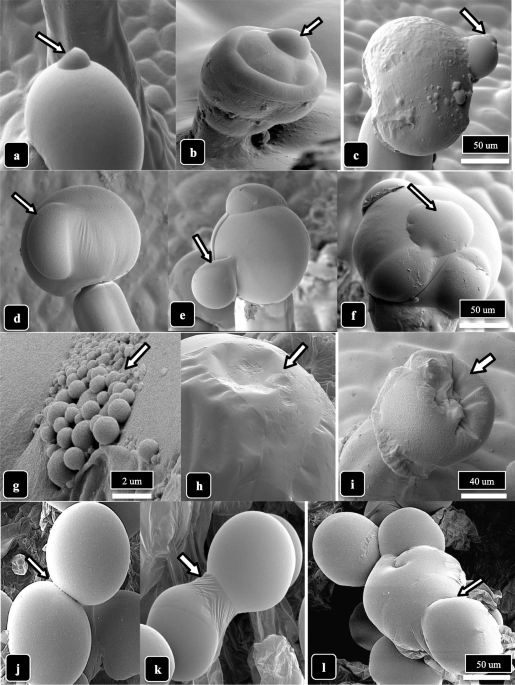
Background Glandular capitate trichomes which form on bract tissues of female inflorescences of high THC-containing Cannabis sativa L. plants are important sources of terpenes and cannabinoids. The influence of plant age and cannabis genotype on capitate trichome development, morphology, and maturation has not been extensively studied. Knowledge of the various developmental changes that occur in trichomes over time and the influence of genotype and plant age on distribution, numbers, and morphological features should lead to a better understanding of cannabis quality and consistency. Methods Bract tissues of two genotypes—“Moby Dick” and “Space Queen”—were examined from 3 weeks to 8 weeks of flower development using light and scanning electron microscopy. Numbers of capitate trichomes on upper and lower bract surfaces were recorded at different positions within the inflorescence. Observations on distribution, extent of stalk formation, glandular head diameter, production of resin, and extent of dehiscence and senescence were made at various time points. The effects of post-harvesting handling and drying on trichome morphology were examined in an additional five genotypes. Results Two glandular trichome types—bulbous and capitate (sessile or stalked)—were observed. Capitate trichome numbers and stalk length were significantly (P = 0.05) greater in “Space Queen” compared to “Moby Dick” at 3 and 6 weeks of flower development. Significantly more stalked-capitate trichomes were present on lower compared to upper bract surfaces at 6 weeks in both genotypes, while sessile-capitate trichomes predominated at 3 weeks. Epidermal and hypodermal cells elongated to different extents during stalk formation, producing significant variation in length (from 20 to 1100 μm). Glandular heads ranged from 40 to 110 μm in diameter. Maturation of stalked-capitate glandular heads was accompanied by a brown color development, reduced UV autofluorescence, and head senescence and dehiscence. Secreted resinous material from glandular heads appeared as droplets on the cuticular surface that caused many heads to stick together or collapse. Trichome morphology was affected by the drying process. Conclusion Capitate trichome numbers, development, and degree of maturation were influenced by cannabis genotype and plant age. The observations of trichome development indicate that asynchronous formation leads to different stages of trichome maturity on bracts. Trichome stalk lengths also varied between the two genotypes selected for study as well as over time. The variability in developmental stage and maturation between genotypes can potentially lead to variation in total cannabinoid levels in final product. Post-harvest handling and drying were shown to affect trichome morphology.
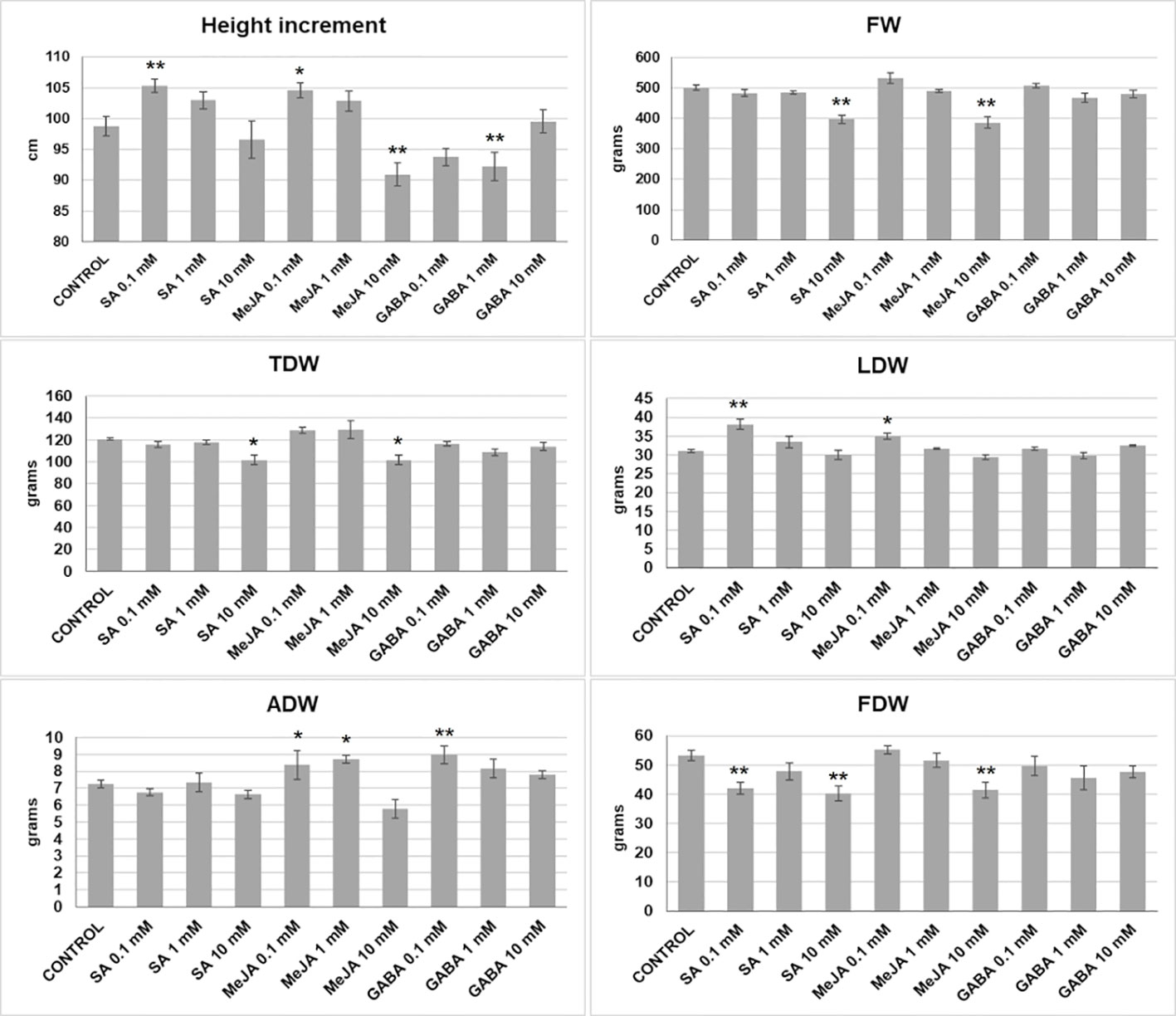
Frontiers Exogenous application of stress-related signaling molecules affect growth and cannabinoid accumulation in medical cannabis (Cannabis sativa L.)

Recent progress in secondary metabolism of plant glandular trichomes
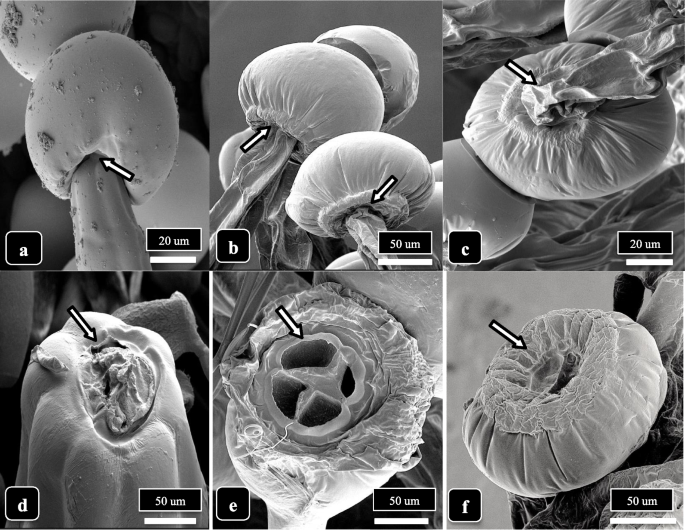
Glandular trichome development, morphology, and maturation are influenced by plant age and genotype in high THC-containing cannabis (Cannabis sativa L.) inflorescences, Journal of Cannabis Research

Glandular trichomes on the surface of pistillate inflorescences and

Comparative Proteomics of Short and Tall Glandular Trichomes of

Characterization of trichome phenotypes to assess maturation and flower development in Cannabis sativa L. (cannabis) by automatic trichome gland analysis - ScienceDirect

Cannabis sativa L.: ORIGIN, DISTRIBUTION, TAXONOMY AND BIOLOGY

Glandular trichome development, morphology, and maturation are influenced by plant age and genotype in high THC-containing cannabis (Cannabis sativa L.) inflorescences, Journal of Cannabis Research
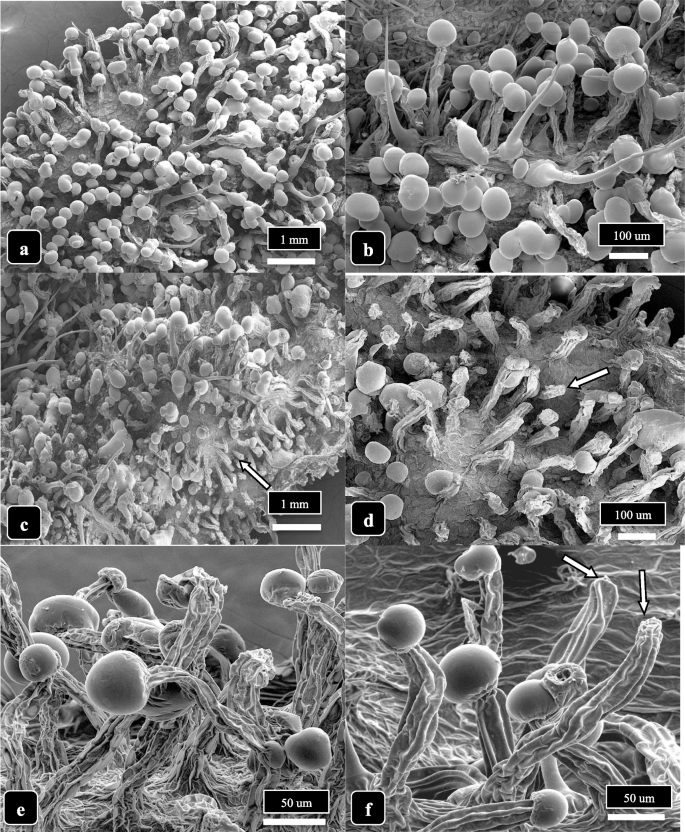
Glandular trichome development, morphology, and maturation are influenced by plant age and genotype in high THC-containing cannabis (Cannabis sativa L.) inflorescences, Journal of Cannabis Research
Recommended for you
You may also like


![Trichomes under the microscope [OC] : r/trees](https://external-preview.redd.it/pnBO78R5Pw74_zu9JV3UOedoj9snOp2heo01imkXZxo.jpg?width=640&crop=smart&auto=webp&s=d2155f112398f0d4fa6557ade4b21c460f1dcc49)
